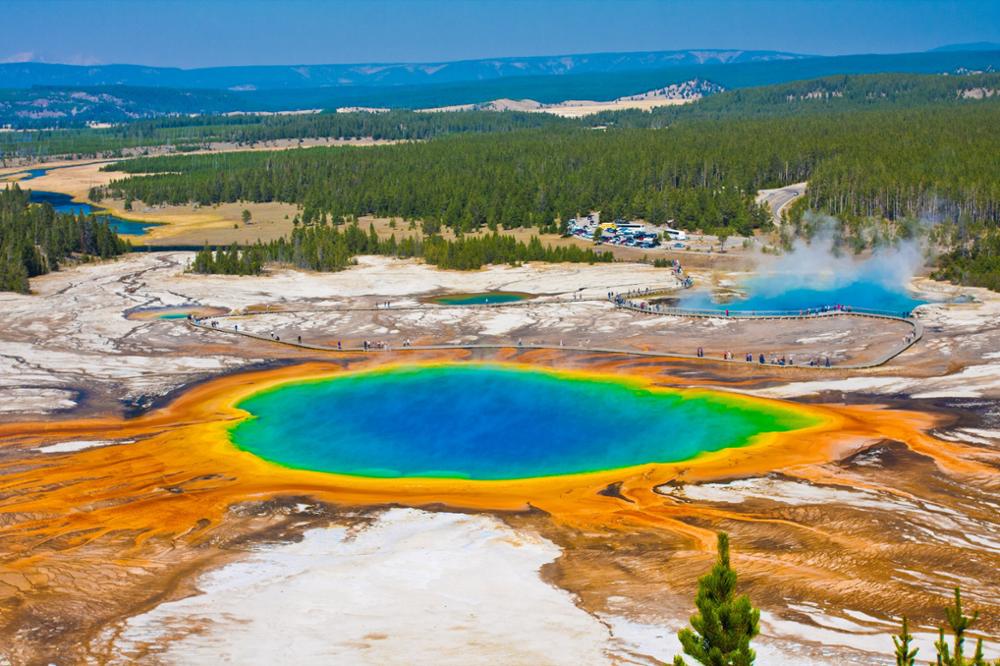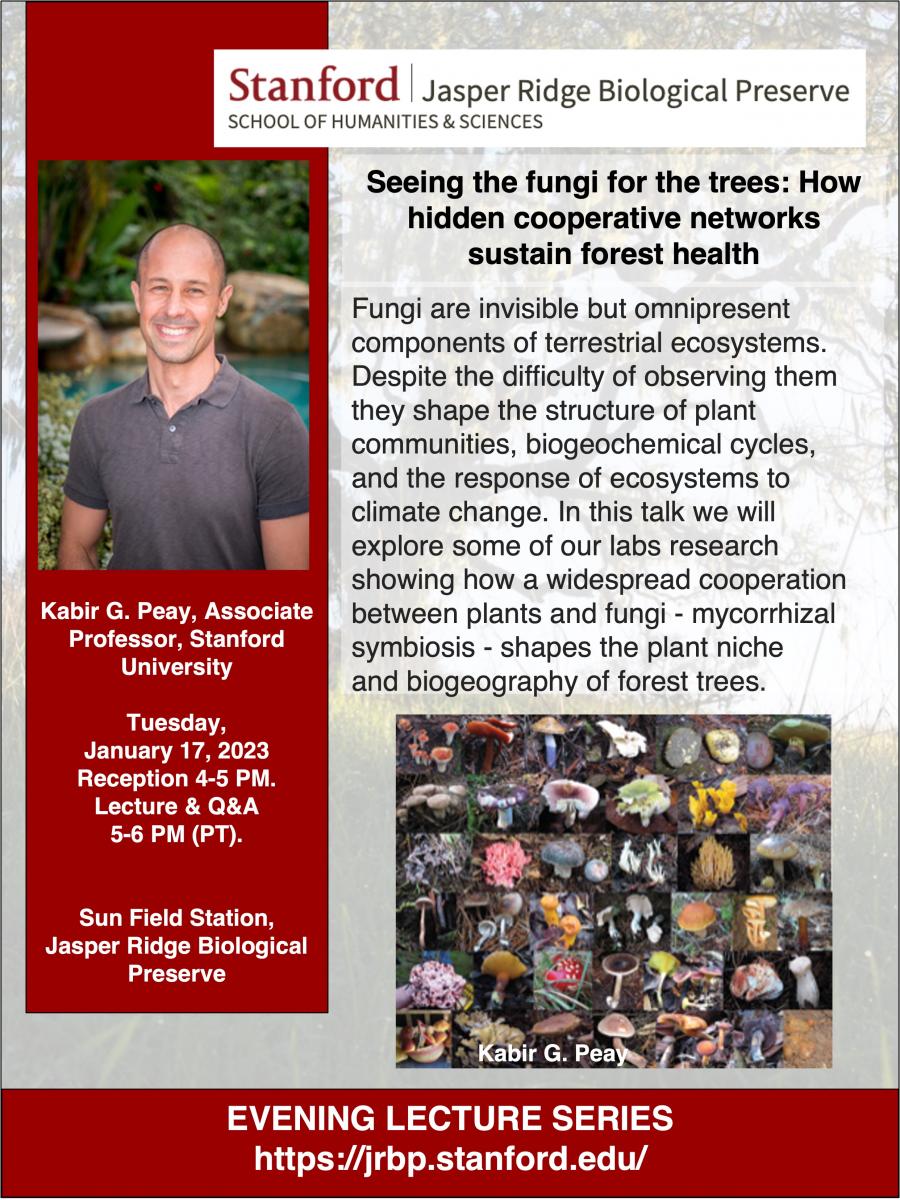Conservation Amidst Crisis: The Remarkable Recovery of the Mountain Gorilla
In the dense, mist-shrouded rainforests of central Africa, an extraordinary conservation story is unfolding. The mountain gorilla, once on the brink of extinction, is making a remarkable comeback. This turnaround offers a glimmer of hope amidst the plethora of environmental crises gripping the planet. The tale of the mountain gorilla's recovery is not just a testament to the resilience of nature, but also a narrative of collaboration, international cooperation, and the enduring spirit of conservation.
The mountain gorilla, a subspecies of the eastern gorilla, makes its home in the Virunga Mountains, spanning Rwanda, Uganda, and the Democratic Republic of Congo (DRC), and in the Bwindi Impenetrable National Park in Uganda. By the 1980s, due to poaching, habitat destruction, and civil unrest, the population of these creatures plummeted to around 250 individuals, signaling a grim prognosis for their survival. But in the face of extinction, something remarkable happened.
In a rare demonstration of cross-border collaboration, the governments of the Virunga region, along with international conservation groups and local communities, began a concerted effort to save the mountain gorilla. This comprehensive strategy included anti-poaching patrols, veterinary interventions, community development projects, and eco-tourism initiatives. The goal was to not only protect the mountain gorillas but also to ensure that the local communities would benefit from conservation efforts.
The challenges were immense. The region has been plagued by political instability and armed conflicts, which have made conservation work perilous. Rangers have faced life-threatening situations daily, with many bravely losing their lives in the line of duty. Furthermore, with human populations burgeoning around park boundaries, pressures such as land encroachment intensified. Yet, despite these hardships, dedicated conservationists pressed on, recognizing that the fate of the mountain gorilla was intertwined with the fate of the region itself.
Education and community involvement became cornerstones of conservation strategy. By educating the local populace about the intrinsic value of gorillas and the potential for eco-tourism to improve livelihoods, attitudes began to shift. Communities started to see these great apes not as competitors for resources but as crucial allies in their quest for sustainable development. The establishment of revenue-sharing programs, where a portion of the income from gorilla tourism is reinvested in local communities, fortified this partnership.
The tide was further turned through the tireless efforts of organizations like the Dian Fossey Gorilla Fund International and the International Gorilla Conservation Programme (IGCP), which have worked relentlessly to secure the future of these majestic animals. Researchers and conservationists have developed refined methods of monitoring gorilla health and behavior, antiviral medications to protect from human-borne diseases, and sophisticated online tools for sharing data and strategies among various stakeholders.
Innovations in conservation technology have also played a role. The use of GPS tracking collars, camera traps, and other forms of remote sensing have enabled conservationists to monitor gorilla movements and habitat use more accurately. These tools provide critical insights into gorilla ecology, helping to adapt management strategies in real-time and ensure the sustainability of conservation actions.
The painstakingly collective effort stretched over decades is bearing fruit. The latest census data in 2018 revealed that the population of these enigmatic apes had increased to over 1,000 individuals—an unprecedented recovery that saw the IUCN Red List reclassify the species from 'Critically Endangered' to 'Endangered.' While still threatened, the improvement marks a significant milestone in the conservation of the mountain gorilla, offering a blueprint for the preservation of other species teetering on the edge of extinction.
The successful conservation model for the mountain gorilla has demonstrated that with determined effort, collaboration, and a comprehensive approach that includes local communities, conservation can triumph, even in the most challenging circumstances. As we continue to grapple with the pressures of climate change, habitat loss, and biodiversity decline, the journey of the mountain gorilla is a beacon of hope—an affirmation that even the most imperiled species can recover if given a chance.
Yet, the work is far from over, and the challenges that lie ahead are as daunting as those that have been overcome. Conservationists and communities must remain vigilant to ensure that the mountain gorillas' habitat is preserved, that the threats of poaching and disease are continually addressed, and that the balance between human development and wildlife conservation remains harmonious. The mountain gorilla's story, therefore, is still being written – a story of endurance, of survival, and ultimately, of hope.
In the next part of this article, we will delve deeper into the groundbreaking techniques conservationists are employing to safeguard the future of the mountain gorilla, the intricate balance between conservation and community development, and what the gorillas’ story tells us about the broader fight to preserve our planet's biodiversity.Continuing the journey into the heart of gorilla conservation, we explore the avant-garde methods and community-based strategies that have become the bastions of this great ape's defense. The conservation of mountain gorillas is an ongoing struggle, a delicate balancing act that depends heavily on scientific innovation, tireless advocacy, community investment, and a global commitment to preserving our natural heritage.
Conservationists have learned that effective management of mountain gorillas cannot occur in isolation. The surrounding communities must be part of the conversation, their needs and views respected. This inclusive approach is evident in community-led patrols that not only deter poaching but also create employment opportunities. By involving locals as stakeholders in gorilla preservation, the stage is set for a relationship that helps both wildlife and human communities to thrive.
Further efforts have focused on breaking cycles of poverty that often drive illegal activities such as poaching. Income-generating projects — such as beekeeping, craft-marketing, and sustainable agriculture — offer alternative livelihoods that align with conservation goals. These initiatives are pivotal, fostering economic growth while nurturing a sense of ownership and responsibility toward gorilla conservation.
Additionally, conservationists are leveraging the latest in science and technology to get ahead in the race to save the gorillas. Health monitoring programs have become more sophisticated, often relying on non-invasive techniques to assess gorilla well-being. Field veterinarians now deploy mobile diagnostic laboratories to quickly identify and respond to potential outbreaks of infectious diseases, which can spread rapidly among gorilla populations and between humans and other animals.
Another groundbreaking conservation effort involves habitat restoration and corridor development. These initiatives aim to expand the living space available to gorillas while also re-establishing vital connections between isolated groups, enhancing genetic diversity. Conservationists collaborate with landowners and authorities to protect and replant native vegetation, ensuring that gorillas have access to their natural foods and can range freely.
Education campaigns targeting everyone, from local schoolchildren to international tourists, continue to emphasize the significance of conservation. These programs highlight not just the ecological importance of gorillas but also their contribution to cultural heritage and national identity. Wildlife tourism, in particular, is touted as a sustainable way for local communities to reap the benefits of conservation without damaging the very ecosystems they depend on.
Yet, obstacles remain. Habitat encroachment by agricultural expansion is a pressing issue. As populations grow and land becomes scarce, the pressure to convert more forestland to farmland intensifies. This challenge underscores the need for family planning and education initiatives, which are integral components of the broader conservation strategy.
Moreover, regional security remains a specter over these efforts, with armed conflict occasionally flaring up in and around the gorillas’ habitat. This not only threatens the animals directly but also disrupts the conservation activities designed to protect them. Partnerships with peacebuilding and conflict-resolution organizations have become increasingly crucial to addressing these wider geopolitical issues that impact gorilla survival.
Going forward, as we consider the fate of the mountain gorilla, we must acknowledge the complex web of interdependencies that shape their world. Climate change, for example, is an omnipresent threat that could undo much of the progress made. Fluctuations in temperature and rainfall may shift vegetation patterns, alter the gorillas' habitat, and create new vulnerabilities.
The story of the mountain gorilla's conservation is both a cautionary tale and a source of inspiration. It serves as a stark reminder of how close we can come to losing a part of our planet's rich tapestry of life. Yet, it also demonstrates humanity's capacity for change, for positive action in the face of overwhelming odds.
As the global community grapples with daunting environmental challenges, the mountain gorilla stands as a symbol of hope and a call to action. To safeguard their future is to acknowledge our role as stewards of the Earth, responsible for ensuring that the diverse array of life with which we share this planet is preserved for generations to come. The lessons learned from gorilla conservation resonate far and wide —confirming that with passion, unity, and resilience, we can halt the tide of extinction and embrace a more sustainable coexistence with nature.





















;Composite=(type=URL,url=https://images.radio-canada.ca/v1/assets/elements/16x9/outdated-content-2020.png),gravity=SouthEast,placement=Over,location=(0,0),scale=1)

Comments